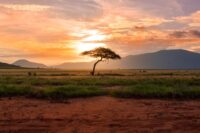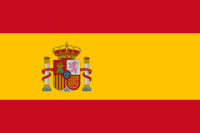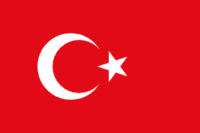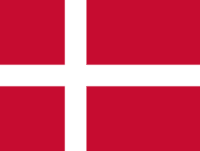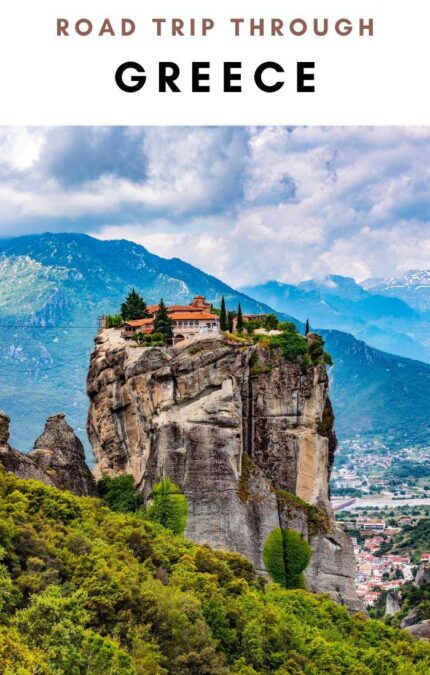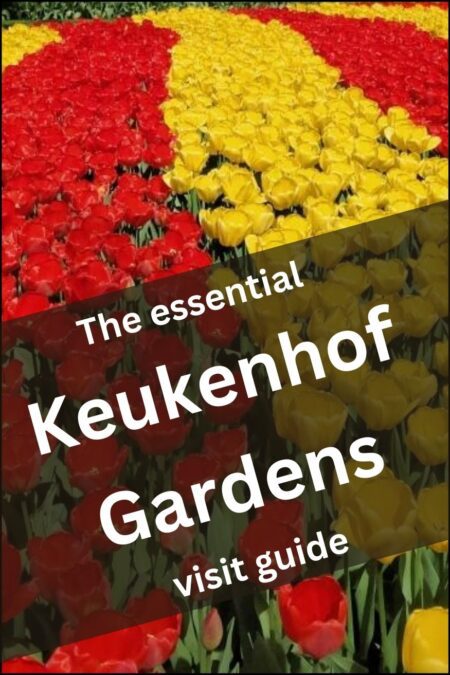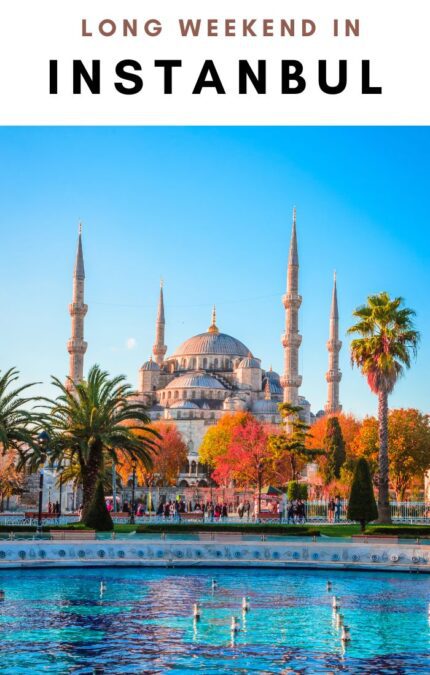Europe is the second-smallest continent but it has an important historical “weight”. The birthplace of western civilization, which through history not only colonized but expanded to the rest of the world, contains small countries with an incredibly long and tumultuous journey.
Nowhere else can one find so much history, different cultures, traditions, and conflicts in such a relatively small place.
Facts & Trivia
(updated 2021)
Lake Ladoga near Saint Petersburg in Russia is Europe’s biggest lake and one of the world’s largest freshwater lakes, boasting an impressive surface area of 17,891 square kilometers. It is slightly smaller than Lake Ontario, which borders the USA and Canada, with 18,960 square kilometers of surface area. This shimmering glacier-formed lake is renowned for its surprisingly diverse animal life, which includes 50 fish species, and it is also home to numerous islands, the most famous of which is Valaam – a picturesque monastery located on the lake’s largest island.
Mount Elbrus, located in Russia, is the highest mountain in Europe, standing at a whopping 5,642m (18,510ft). This majestic peak is part of the illustrious Caucasus Mountain range, spanning almost 1000km from the Black Sea to the Caspian Sea. The European Alps, however, boast the highest peak at Mont Blanc which stands at 4,810m (15,781ft) and lies on the border of beautiful Italy and France. Besides this, the Alps encompasses the longest and highest mountain range found exclusively in Europe, stretching through 7 countries overall.
The Volga River in Russia is Europe’s longest river, spanning over a total of 3,692 km (2,295 miles). It has more than 200 tributaries, which flow into its expansive basin. Volga is also the world’s 15th longest river, and the most important Russian river, in terms of its economic and historical significance. It is a major transport route and home to many large cities such as Volgograd, Nizhny Novgorod, and Kazan.
The biggest island on the European continent is the isle of Great Britain/ UK. It is located just off the northwest coast of the mainland and covers an area of approximately 212,491 mi2! Greenland is the largest island which belongs to Europe, and is home to the world’s largest national park covering an area of almost 836,330 mi2, making it the largest island on the planet. However, since it belongs to Denmark, a nation of Europe, Greenland is commonly referred to as the largest island in the world. Though Greenland is located off the northern coast of Canada, it is geographically part of the North American continent.
Most of the European people are Christians (76%), with smaller numbers of Muslims (6%) and Jews, as well as adherents to other various beliefs. Around 18% of all Europeans consider themselves as non-believers or atheist, and a further 8% don’t state their beliefs.
Metals such as zinc, silver, gold, and lead, as well as minerals such as copper, iron ore, coal, and petroleum can be found in Europe. The presence of natural gas and oil deposits is particularly strong in northern European countries, such as Norway and Finland. Meanwhile, wheat, potatoes, olives, grapes, oranges, rye, barley, and soy are just a few of the common agricultural produce that are farmed in this region.
Istanbul, the biggest city in Turkey, is recognized as Europe’s largest city as it straddles two continents: the western part of the city lying in Europe and the eastern part in Asia. About 17 million people call it home and its population has been growing rapidly in recent years.
- Tower of London in the UK
- Eiffel Tower in France
- Neuschwanstein Castle in Germany
- Alhambra in Spain
- Kremlin in Russia
- Acropolis in Greece
- Foro Romano in Italy
Safety indices
European Union & Travel
Much of Europe can be considered a single country when it comes to crossing borders between the separate nations. All members of the European Union and several other non-EU states adhere to the Schengen agreement, which allows the free flow of visitors without additional passport controls within the Schengen zone.
Countries formally part of the Schengen Zone include Austria, Belgium, Croatia, the Czech Republic, Denmark, Estonia, Finland, France, Germany, Greece, Hungary, Iceland, Italy, Latvia, Liechtenstein, Lithuania, Luxembourg, Malta, the Netherlands, Norway, Poland, Portugal, Slovakia, Slovenia, Spain, Sweden, and Switzerland.
Click the map to see details on EU member countries and counties participating in the Schengen Zone Agreement.
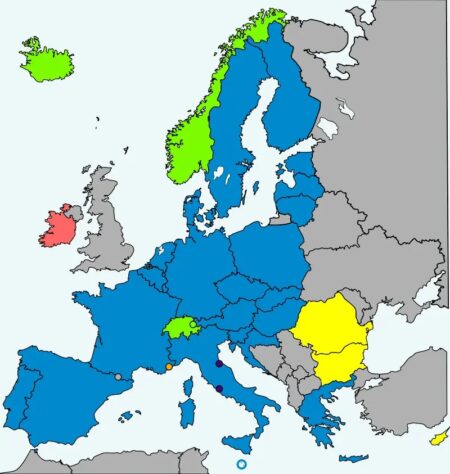
From the blog
Countries
All articles in Europe
Santorini
Zakynthos
Greece Road Trip – The tour of archaeological sites and ancient myths
Trivia Pills: 10 interesting facts about Greece
Meteora
Meteora – Essential tips to enjoy the monasteries suspended in the air to their fullest
Road-tripping tips for foreigners: Greece
Keukenhof Gardens – Essential tips to enjoy the Garden of Europe to its fullest
Istanbul
Frankfurt
Amsterdam
Spring blossom at Keukenhof Gardens
Browse other continents

